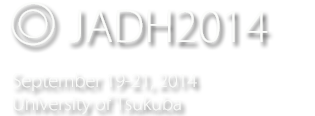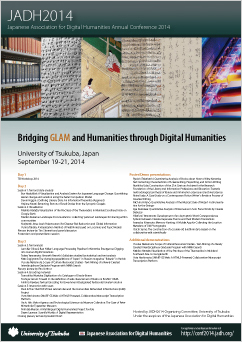Session 5-3
Participatory Agency and Technological Literacy via Museum Collection: The Case of Peter Mitterhofer Museum
- Ya-Ju Yeh (Aletheia University)
One of the greatest achievements for the world of information technology was undoubtedly the invention of the typewriter. After their invention in the 1860s, typewriters quickly became indispensable tools widely used by professional writers in private homes or for business correspondence in offices. As the very first pioneer of writing technology, the typewriter challenges human's cognition and practice of machinery and launches a new age of technological culture. From the nineteenth century onwards, this machine exerts profound influences upon traditional ways of personal writing as well as social and cultural transformations. The typewriter has been popular for over one hundred years, yet by the end of the 1980s, personal computers had largely displaced typewriters. The start of the computer era marks the end of the mechanical typewriter era, and typewriters now become museum artifacts of significance or individual collection for preservation or display other than everyday practical objects.
Peter Mitterhofer, a carpenter from Austria, developed several models and a fully functioning prototype typewriter in 1867. Peter Mitterhofer Museum has gathered a wide ranging and formidable collection of typewriters dedicated to him since 1998. The museum brings visitors or participants into contact with the culture of writing in general and with the various kinds of typewriters. The museum, aside from categorized showcases of exhibitions, provides inspiring forms of demonstration, such as dioramas, virtual tours and video clips to present the historical development of the typewriter. Interactive devices and thought provoking programs are also used in order to reinforce visitors' memory and experiences of remarkable inventions. This paper aims to explore participatory approaches inspired by museum collection and emphasize visitors' sensory responses to typing devices with which human has inaugurated mechanical writing. The central aspects are to be further discussed: what are features of human's technological literacy derived from the evolutionary design of the typewriter? What are effects of visitors' sensory interaction with museum objects? Given material perspectives of collecting and interacting, this paper reasserts the significance of participants' agency and technological literacy with the case of Peter Mitterhofer Museum.
- Keywords
- typewriter, museum, agency, technological literacy, Peter Mitterhofer

